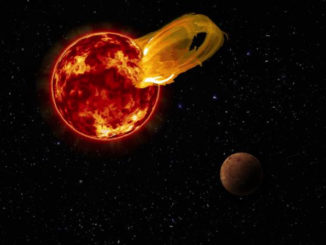
exoplanet


Possible exomoon signal found
Strong hints have been found of a possible exomoon candidate orbiting a gas giant planet over 4,000 light years away in the constellation of Cygnus the Swan. Should the moon be confirmed later this year by the Hubble Space Telescope, it will be the first moon ever discovered around a planet beyond our Solar System.
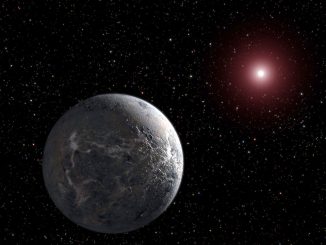
Potentially habitable super-Earth K2-3d observed transiting parent star
A group of researchers has observed the first ground-based transit observation of K2-3d — a potentially Earth-like extrasolar planet supposedly within the habitable zone around a bright M-dwarf host star 147 light-years away — using the multi-band imager MuSCAT on the Okayama Astrophysical Observatory’s 1.88-metre telescope.
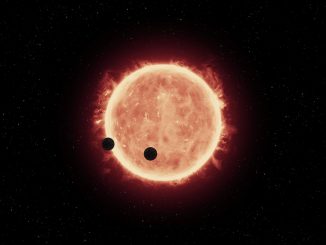
Low-mass star simulations favour water-rich, Earth-sized planets
Astrophysicists at the University of Bern conducting computer simulations of the formation of planets orbiting in the habitable zone of low-mass stars, such as the red dwarf Proxima Centauri, show that these planets are most likely to be roughly the size of the Earth and to contain large amounts of water.
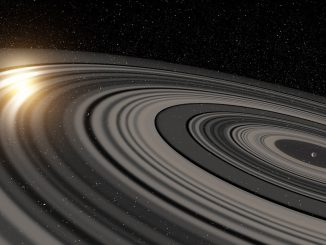
Giant rings around ‘super Saturn’ exoplanet turn in the wrong direction
Researchers from Japan and the Netherlands who were previously involved in the discovery of an exoplanet with huge rings have now calculated that the giant rings may persist more than 100,000 years — as long as the rings orbit in the opposite direction compared to that of the planet around the star.

Hubble helps find light-bending world orbiting two stars
A distant planet orbiting two red dwarf stars, found by its warping of spacetime, has been confirmed using observations from the NASA/ESA Hubble Space Telescope. The planet’s mass caused what is known as a microlensing event, where light is bent by an object’s gravitational field. This is the first circumbinary planet to be confirmed following detection of a microlensing event.

Best image of Alpha Centauri A and B
The NASA/ESA Hubble Space Telescope has given us this stunning view of the closest bright stars Alpha Centauri A (on the left) and Alpha Centauri B (on the right), at a distance of 4.3 light-years from the Earth. The Alpha Centauri group is completed by a faint red dwarf, Proxima Centauri (not shown), recently revealed to possess an Earth-like planet orbiting in its habitable zone.


Nearby Venus-like exoplanet might have oxygen atmosphere
The distant planet GJ 1132b intrigued astronomers when it was discovered last year. Located just 39 light-years from Earth and orbiting its red dwarf star every 1.6 days, new research shows that despite being baked to a temperature of around 232 °C, GJ 1132b might possess a thin, oxygen atmosphere — but no life due to its extreme heat.
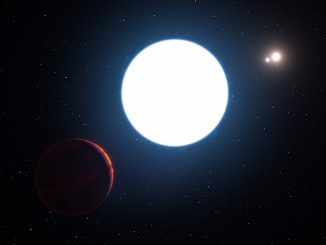
Newly discovered planet has three suns
A team of astronomers led by the University of Arizona has discovered a planet known as HD 131399Ab in a unique position between three stars about 340 light-years from Earth. The finding shows that massive planets may be found on long and possibly unstable orbits in multi-star systems, expanding current models of how star systems and their planets form.
